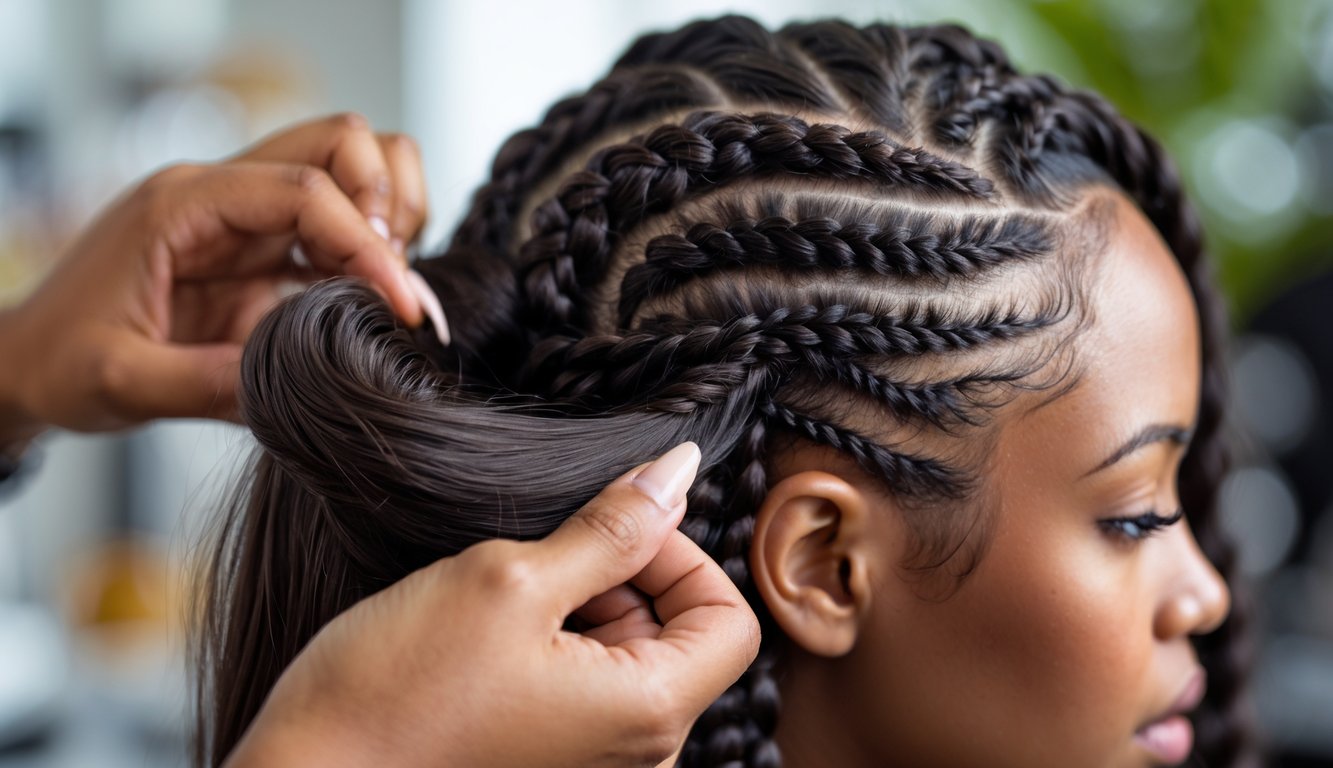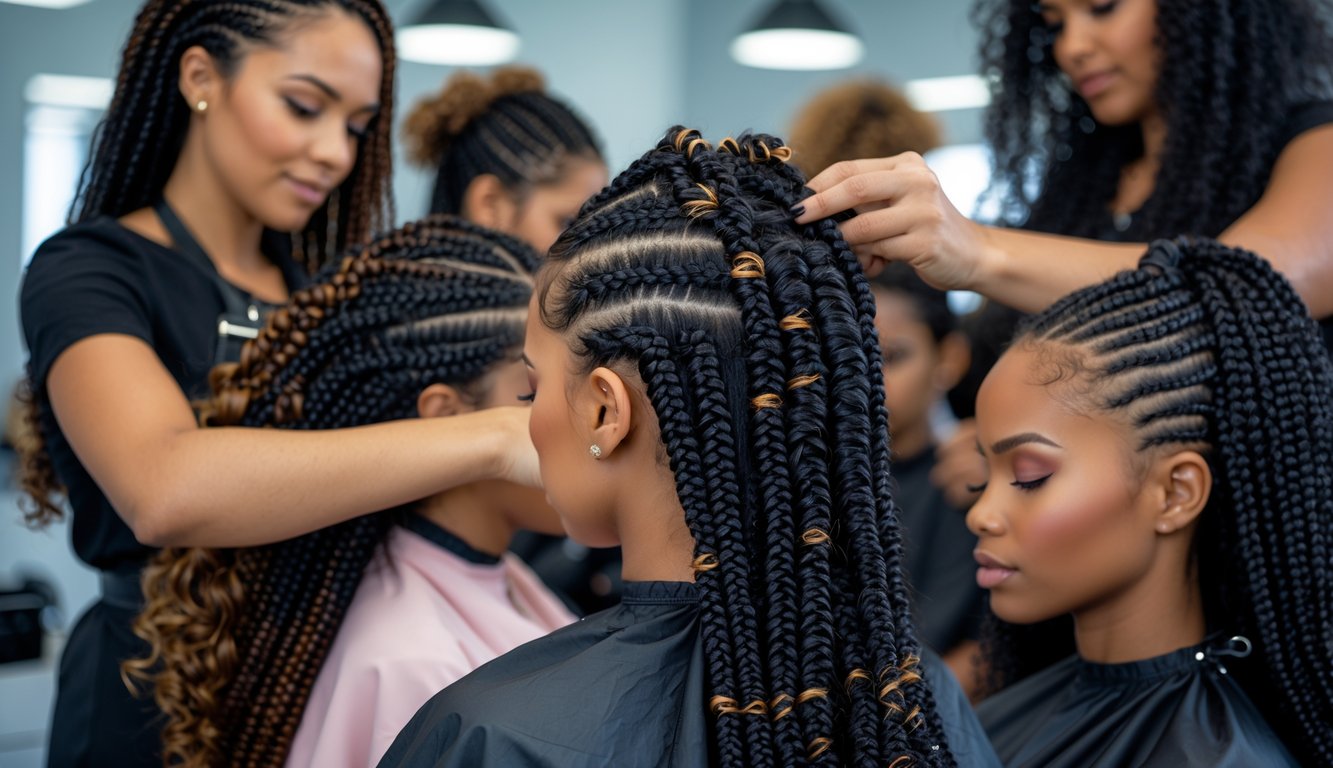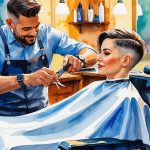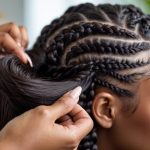
Let’s just admit it: nobody really wants to talk about the braiding patterns stylists secretly hate doing over and over—those edge-snatching, headache-inducing cornrows, or the “perfect” crisscross parts that, honestly, nobody does on their own head unless it’s for Instagram. All that for what, neatness? Here’s the bit stylists rarely say out loud: if your braids pull tight for months or you stick to the same sectioning forever, your hairline pays the price and growth just…stalls. The American Academy of Dermatology even says it—braid tension is a top culprit for traction alopecia. I’ve seen clients at home, clutching their poor edges, blaming age instead of that last round of micro-braids. Denial? Maybe.
So, am I supposed to believe a zigzag part magically fixes everything? Or pretend box braids are “protective” even if I don’t wash, hydrate, or give my scalp a real break? Jayda Nelson in NYC—she’s militant about at least a week off between installs or, as she says, “it’s like planting flowers in concrete.” And product advice? Don’t get me started. People still drown their braids in heavy oils, then complain their scalp’s on fire for days, all for shinier roots? Brands hype miracle serums, but science? It’s still boring: gentle, low-tension braids, regular care, nothing wild. That’s the real “secret.”
Understanding Healthy Hair Growth

Caffeine shampoo sits in my shower, I take three random vitamins, and—big surprise—my hair won’t grow faster. Stylists keep telling me it’s complicated: cells, cycles, breakage, blah blah. Last week, my trichologist basically said scalp massage is cute but genetics and breakage still rule. So, what am I even doing?
The Science Behind Hair Growth
Here’s what’s still making me nuts: hair follicles don’t care about my routine if I’m stressed or if someone stole my favorite detangling brush. Hair grows in three phases—anagen (the only one where anything happens), catagen, telogen. Up to 90% of your hair’s in anagen right now, apparently. Harvard Health says normal growth is half an inch a month, no matter how much biotin I swallow.
Scalp blood flow, oxygen, nutrients—yeah, they matter. The dermatologist at my last conference said, “A follicle deprived of stuff is a follicle that checks out early.” She wouldn’t touch the caffeine serum debate (I’m suspicious now). Rosemary oil? Maybe, but honestly, nothing beats genetics.
Factors Affecting Growth
My cousin insists finals made her highlights brittle (she blames stress, but she sleeps at 3 a.m. so, sure). Diet? If it’s not protein, iron, or vitamin D, my stylist just rolls her eyes at “miracle” gummies. JAMA Dermatology 2023 basically called out most supplements as overrated. Hydration? If I forget to drink water, my curls droop and my scalp flakes. No magic there.
Chemical treatments? Bleach, dye, all that—yeah, it adds up. Heat tools? I finally gave up my straightener because, shocker, split ends don’t “seal” no matter what the bottle says. My dermatologist laughed when I asked. Genetics, hormones, autoimmune stuff? Total lottery. Protective styles help, but only if I don’t yank too tight, which, let’s be honest, I do.
The Link Between Braiding and Growth
Everyone posts braid pics, but nobody shows what happens after four weeks. Reduced manipulation, sure, that’s why we do it. But size, tension, technique—those matter more. I’ve seen more breakage from tight feed-in cornrows than from weekly detangling. A 2024 Journal of Cosmetic Dermatology survey (I actually read it) said loose braids cut breakage by 23%. Not nothing.
Braids don’t make hair grow faster—they just help keep what’s there. Protect ends, keep the scalp clean, use lightweight oils (heavy shea butter clogged my scalp so badly I wanted to shave my head), and you’re ahead. I switched to aloe and jojoba last month—three days, no more itching. Small win.
Biggest danger? Leaving braids in forever. Every other week, I see someone with traction alopecia from ancient box braids, and no serum’s fixing that. Braids are a shortcut, not a miracle. You still need to care for your scalp, or it’s over.
Why Stylists Are Rethinking Braiding Patterns
Every time I’m at the salon, the stylists argue: do knotless braids really reduce tension, or is “protective style” just a buzzword? Some swear outdated cornrow techniques cause more breakage than growth. The stats are everywhere—up to 33% of clients return with thinner edges by month three (Professional Beauty Association, 2023). Braids are supposed to help, right? So what’s happening?
Common Braiding Myths Debunked
Tighter braids mean neater, longer-lasting, healthier hair? Nope. That myth just won’t die. Back in the day, my aunt would say, “If it doesn’t hurt, it won’t last.” Now, trichologists say that’s exactly how you get traction alopecia and a messed-up scalp microbiome.
Switching up patterns isn’t just about looking trendy. Feeding in extensions gradually (thanks, Cut & Coil Salon 2024 class) makes roots less bulky and stops tension. “Protective” means nothing if your scalp is throbbing. I’ve watched stylists skip sectioning, but that shortcut leads to scaling and inflammation. No thanks.
And “braids always make hair grow faster”? No—growth is about genetics, health, prep, even your pillowcase (cotton is the enemy, sorry). Low manipulation is the real secret, not a death grip.
Signs Your Braiding Pattern Needs a Change
Warning signs: thinning edges, headaches by day three, scalp flaking that never stops. I see the same zigzag parting under every “new” style, but when the same pattern leads to the same sore spots, isn’t it time to switch? White dots at the root? Stylist Nia Frazier (2022 livestream, @braidtalk) says that’s micro-damage from tension. I still remember her saying, “If you can’t sleep on your braid—take it down.” She’s right. Scalp irritation is not a badge of honor.
Here’s the plan: rotate parting systems. Try feed-in cornrows, stagger sections, use lighter kanekalon, mix up braid sizes. If your ends fray before two weeks, that pattern’s not protective—it’s sabotage. The worst mistake? Thinking pain means your braids will last. I’ve trashed more than a few failed attempts learning that.
Long-Term Effects of Poor Techniques
What keeps me up isn’t just my own sore scalp, it’s that so many stylists keep using the same patterns year after year. Badly done braids (too small, too tight) cause chronic traction alopecia. That’s permanent hair loss. Skipping oil blends or refusing to adjust tension? It backfires.
Breakage pops up in the weirdest places—the crown, behind the ears—because the pattern isn’t even. Dermatologists (Dr. K. Byrd, 2023) warn that uneven stress speeds up thinning, especially if you braid back-to-back. How is that “protective”? It’s not. The damage creeps up until it’s too late.
Even pricey braiding appointments often skip aftercare. No scalp sprays, no product suggestions, just “see you in six weeks.” That downtime, always ignored, pretty much guarantees worse hair in the long run. But hey, at least the style looked cute for a minute.



